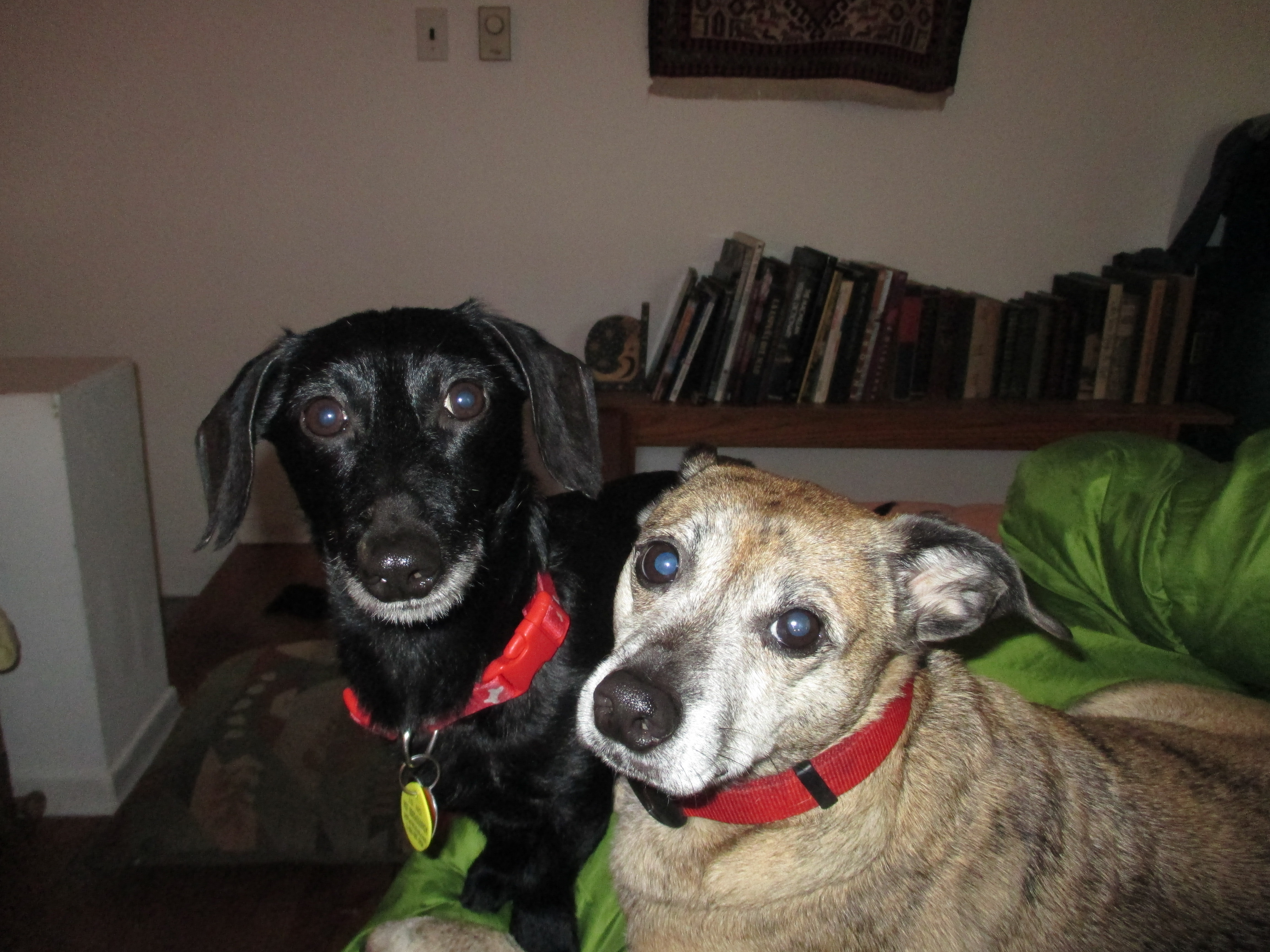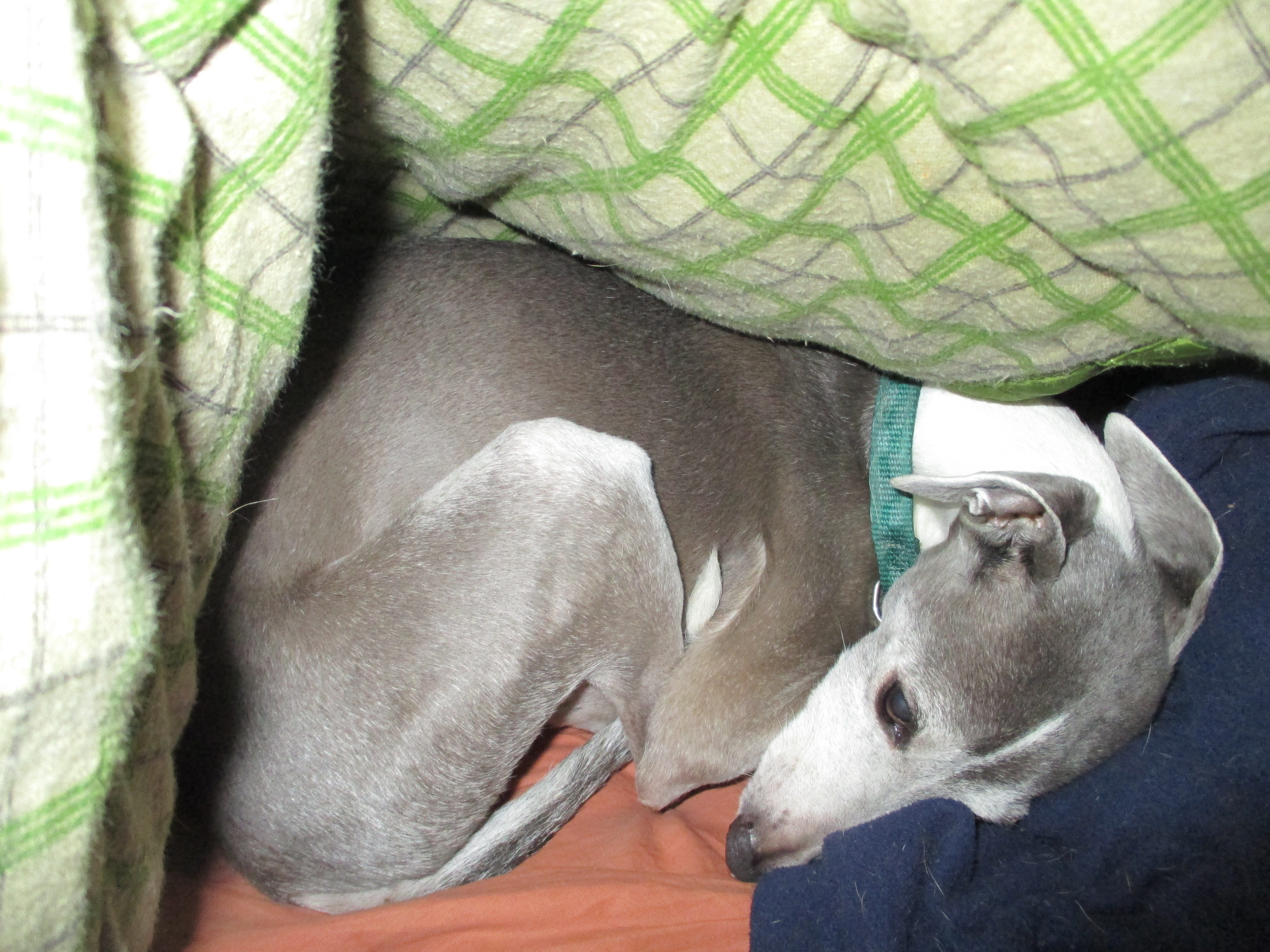American history is riddled with stories about domestic migration. It’s a rare citizen who lives their whole life in the place they were born these days. Humans relocate for many reasons. They move to industrialized areas from agricultural areas in order to gain employment. They move to avoid slavery or oppressive laws. They move to avoid high crime rates and high taxes. They relocate to secure better education for their children. They flee parts of the country that no longer offer affordable housing. When the political culture of an area becomes unpalatable, or the intolerance becomes unbearable, they vote with their feet.
Humans are nomadic by nature. We go West, young man. We head for the coast. We go North to Alaska. We retire in Florida. It will be interesting to see the ripple effects of the increased opportunities to work remotely. It’s a safe bet that we’ll see more people living where they want to as opposed to living where they have to.
We come by this honestly. The first peoples were nomadic as well. And it is often said that we’re a nation of immigrants. Wild animals quite often migrate, too. They move with the weather or the food and water or the mating opportunities. It is the most natural thing in the world for a living creature to want to improve its lot in life.
But there is a new migration taking place in this country, and it is probably one of the very few good things to have come about, in part, due to Hurricane Katrina in 2005. It’s called Pet Transport, and it’s the relocation of rescue animals, the vast majority of which are dogs, from the Southern US to the North. Before these transports became commonplace, the kill rate at Southern shelters was obscenely high, sometimes as much as 70 percent.
There are many reasons for this abysmal statistic. Many Southern dog owners can’t afford to have their pets spayed or neutered, and they also struggle to care for them when they fall ill and therefore some pets are abandoned. The increased heat in the south means longer breeding seasons, and more issues such as heartworm disease and parvo. In rural areas, animals are often allowed to roam free, and are not exactly treated as members of the family. In some cases, animals aren’t spayed or neutered because of the mistaken impression that they won’t make good hunting dogs after that procedure, or people believe they will make great profits from puppy mills and wind up dumping puppies on the side of the road instead. This leads to rampant overpopulation and increased transmission of disease.
There always seem to be more dogs to adopt than there are people to adopt them in the South. When I moved from Florida to Washington State, I was quite surprised to realize that I didn’t see stray dogs everywhere. In Florida they ran around in packs. Here, I think I’ve seen 4 strays in 9 years. Total.
Recently, one of our dogs went to Rainbow Bridge, and we miss her terribly, but my dog Quagmire, in particular, was suffering from that loss, so we decided to adopt another dog. I had always wanted a Golden Retriever, but I quickly discovered that finding a dog is not easy in Washington. There were no rescue Goldens to be had. (Yet another thing that has been ripped off my bucket list against my will in recent years.)
But I quickly realized that, somehow, I always manage to adopt the best dog in the whole world anyway. And besides, mixed breeds tend to be healthier. So we looked at the websites of area shelters, and then went to my old standby, Petfinder.com.
Naturally, there were hundreds of dogs to choose from, but we wanted a young, female, larger breed dog, so that narrowed the search considerably. Unfortunately, there are a lot of Pit Bull mixes out there, and you can read my thoughts on that particular breed here. Bottom line, Pit Bulls are a hard no from me.
I was starting to get really discouraged, because we just weren’t seeing any local rescue dogs that “spoke” to us. (Woof!) But I kept seeing notices for “Out of Town” dogs, and that’s when I learned about pet transport.
According to an article entitled “Rescue Network Sends Southern Puppies North”, this transport trend started because many dogs had been abandoned as their owners had to flee hurricanes. So a volunteer network cropped up to get these animals out of the path of the storms and their resulting destruction, and it was a huge success. Rather than being part of an ever-increasing southern shelter kill rate, these pets were rehomed to families up north.
Here in the Pacific Northwest, where there are so many people who responsibly spay and neuter their pets, there are usually more adopters than there are pets to adopt, which on the whole is a good thing for the dogs in question, but it makes it rather difficult for those of us who are looking to add a new furry family member to our household.
After reading up on pet transports via that article, and also on the Petfinder FAQ, I thought maybe we could look at dogs that are a bit farther afield than we had originally planned. It is important to work with a legitimate adoption agency to make sure you’re not getting caught up in a scam where they take your money and don’t produce the dog. But I trust Petfinder. Read their FAQ and it will tell you all the questions you need to ask before getting involved in this process.
We were lucky in that we found a rescue organization with an excellent reputation. Helping Paws Okanagan is an organization out of Canada that helps place dogs from Texas into homes in British Columbia, Washington and Oregon. They have a network of trusted foster families in Texas, and they work closely with shelters in Texas that are always full to bursting with dogs in need. They also use a transport company that takes excellent care of the dogs in question once they’re adopted by a northern family and need relocating.
Helping Paws also guarantees that your new pet is already given a clean bill of health by a Texas veterinarian, and all the dogs are vaccinated, spayed or neutered, microchipped and treated for parasites before they’re even sent to your home. They also give great advice on the best way of transitioning your new pet to reduce its stress.
And believe me, the trust has to go both ways. Helping Paws is very good at vetting humans, too. (See what I did there?) They require recommendations from your friends and also your family vet, as well as pictures of your living conditions, and phone interviews long before they’ll send a dog off to a new home. It’s quite clear that they genuinely care about animal welfare. That made me feel secure. So we were sold on the transport idea, and decided it was time to look at some out of town dogs.
That’s when we saw Ashley.
Who could resist such a uniquely beautiful dog? This is her puppy picture. She has grown a lot since then, but she still has that unusual grey coloring in front, and red in back, and the sweetest, yet most enthusiastic disposition you’ll ever see in a dog. At 50 pounds, we have to take the training seriously, or she’ll bowl us over if we’re ever standing between her and food. She is a kibble vacuum.
We got Ashley on April Fool’s Day, ironically enough, and we renamed her Coda. Quagmire is quite intrigued by her, but is still insisting on showing her who’s boss. I’m sure they’ll settle in in no time, but meanwhile they are only allowed to interact with supervision and for brief periods.
We are so grateful to Helping Paws Okanagan, and her foster family in Texas, and the vets there and here, and the transport company. They all took such good care of our girl. She’s been through a lot. She was found as a stray, wandering around in the county just east of Houston. Then she was in a pound with a high kill rate, then in a very patient foster home for many, many, many months, then she traveled about 2,300 miles to her forever home with us. None of this could have happened without a lot of really caring human beings that we’ll always think of fondly.
I’m sorry to say that many people are giving up pets that they acquired during COVID lockdown. That, along with a depressed economy, means rescue organizations are having a harder time placing pets than they ever have before. So, if you’re looking for a dog, now’s the time to step forward. I highly recommend Helping Paws Okanagan. Check out their available pets, and contact Lesley. If you’re a good match, I’m sure she’ll make it happen for you! She can be reached at helpingpaws.okanagan@gmail.com.
Even if you aren’t currently able to take care of a dog, this organization could sure use your support to continue doing their good works. Since they’re in Canada, donations from America won’t be tax deductible, but it’s still a worthy cause. Send your donations through Paypal, to that same email address above. Tell them Barb sent you! Your American dollars will stretch even further in Canada!
I’ll leave you with some pictures of our sweet Coda making herself at home. Now she can live happily ever after. Don’t you just love a happy ending?




An attitude of gratitude is what you need to get along. Read my book! http://amzn.to/2mlPVh5











